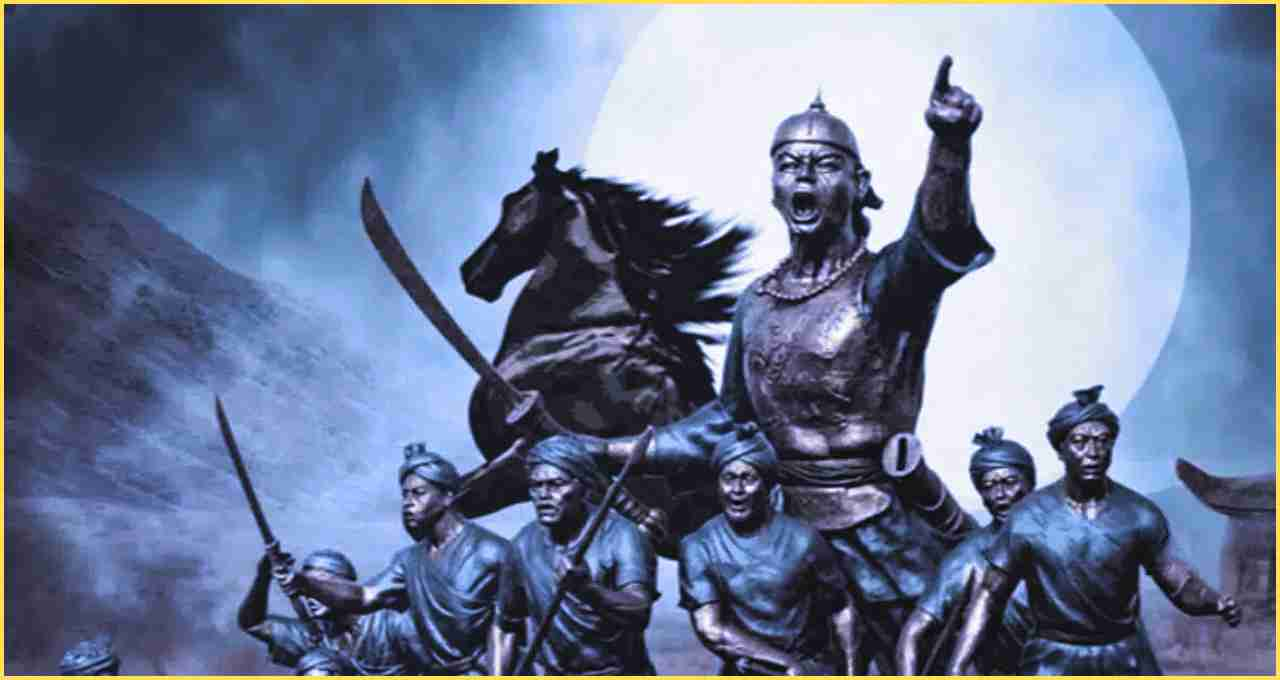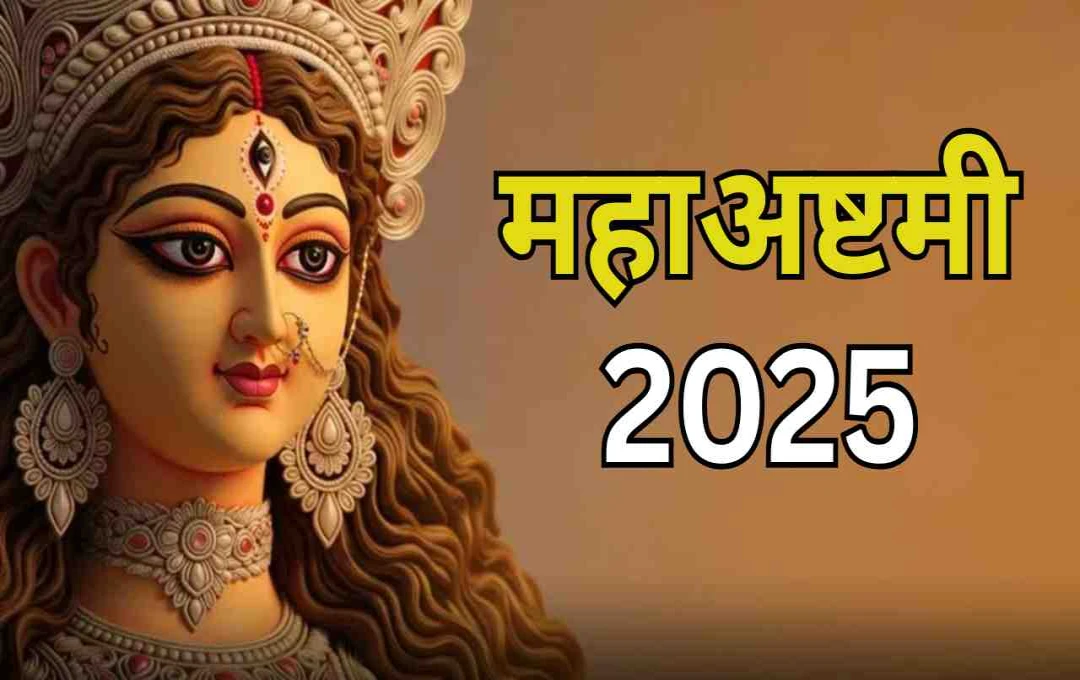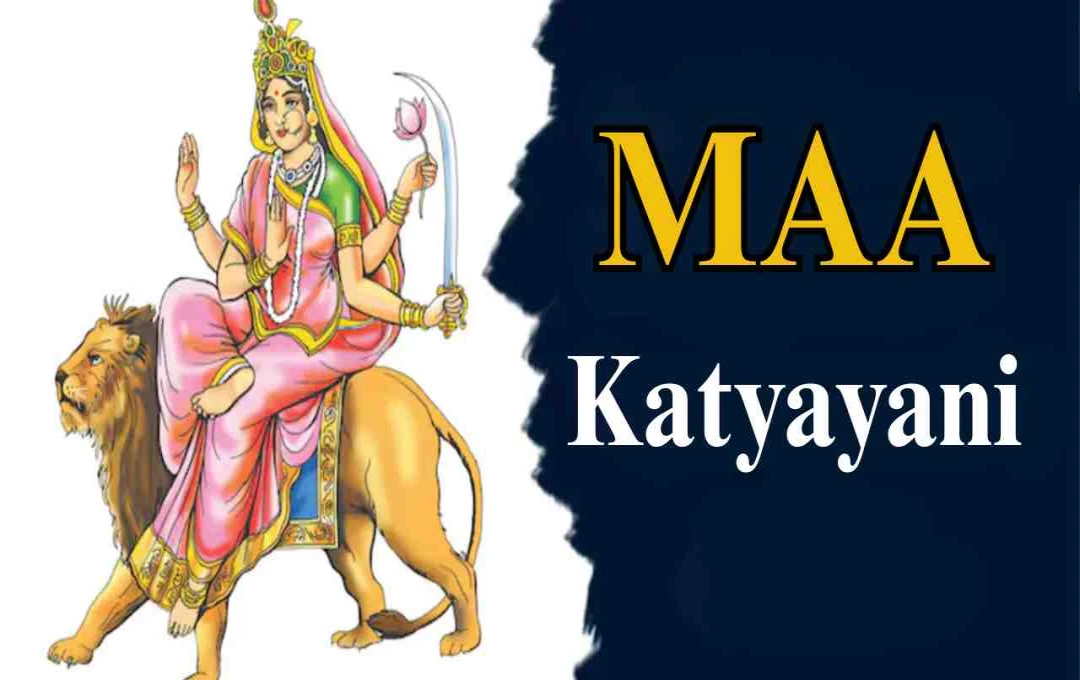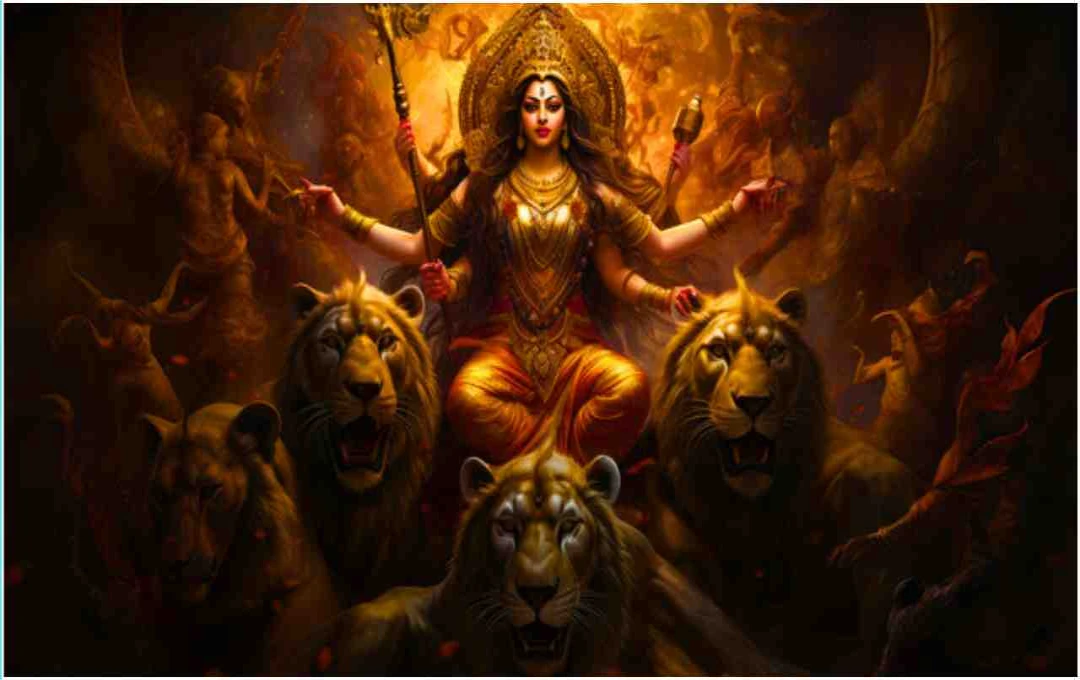Congress MP Gaurav Gogoi has alleged that the NCERT's Class VIII history textbook contains incorrect facts about the Ahom kingdom. He has demanded that the Minister of Education rectify the errors and consult with historians from Assam.
Guwahati: A new debate has erupted regarding the history of the Ahom kingdom in Assam. Congress MP Gaurav Gogoi has claimed that the revised Class VIII history textbook of the NCERT contains several factual errors about the Ahoms. He has urged Union Education Minister Dharmendra Pradhan to correct these errors promptly and has requested that historians and experts from Assam be consulted for this purpose.
The Glorious History of the Ahom Kingdom

The Ahom dynasty ruled over present-day Assam and surrounding regions for nearly 600 years. This dynasty was renowned for its martial skills, administrative system, and cultural contributions. The Ahoms defeated Mughal armies multiple times and maintained the independence of Assam.
However, according to Gaurav Gogoi, this glorious history has been misrepresented in the new NCERT textbook, which will not only confuse students but also do injustice to the cultural heritage of Assam.
The Ahoms Came from Yunnan, China, Not Myanmar
Gogoi's biggest objection is to the fact that the book states that the Ahom people came from Myanmar. He said that this is historically incorrect. In reality, the Ahom community came from the Mung Mao region of the Yunnan province in China and later settled in the Brahmaputra Valley.
He stated that such errors would provide incorrect information to students and distort historical facts.
Objection to the 'Paik System'

Gogoi objected to the NCERT book describing the 'Paik System' as a form of forced labor. According to him, it was an administrative and military service system in which farmers and ordinary people were given land and opportunities for advancement. Every adult male had to contribute to military service or other government functions. To call it merely 'forced labor' is historically inaccurate and misleading.
Dispute Over the 'Treaty of Ghilajharighat'
The book portrays the 1663 'Treaty of Ghilajharighat' as a defeat for the Ahoms, while Gogoi argues that it was a strategy to defeat the Mughals. According to him, this treaty was part of Assam's political ingenuity and diplomacy, through which the Ahoms protected their empire.
Ignoring Important Ahom Cultural Heritage
Gaurav Gogoi also said that the book has ignored the important cultural and architectural heritage of the Ahom period. For example, subjects such as 'Rang Ghar', 'Talatal Ghar', and 'Khel administrative system' have not been mentioned. These heritages and systems have shaped the cultural identity of Assam, and they should have been given a place in the textbook.















